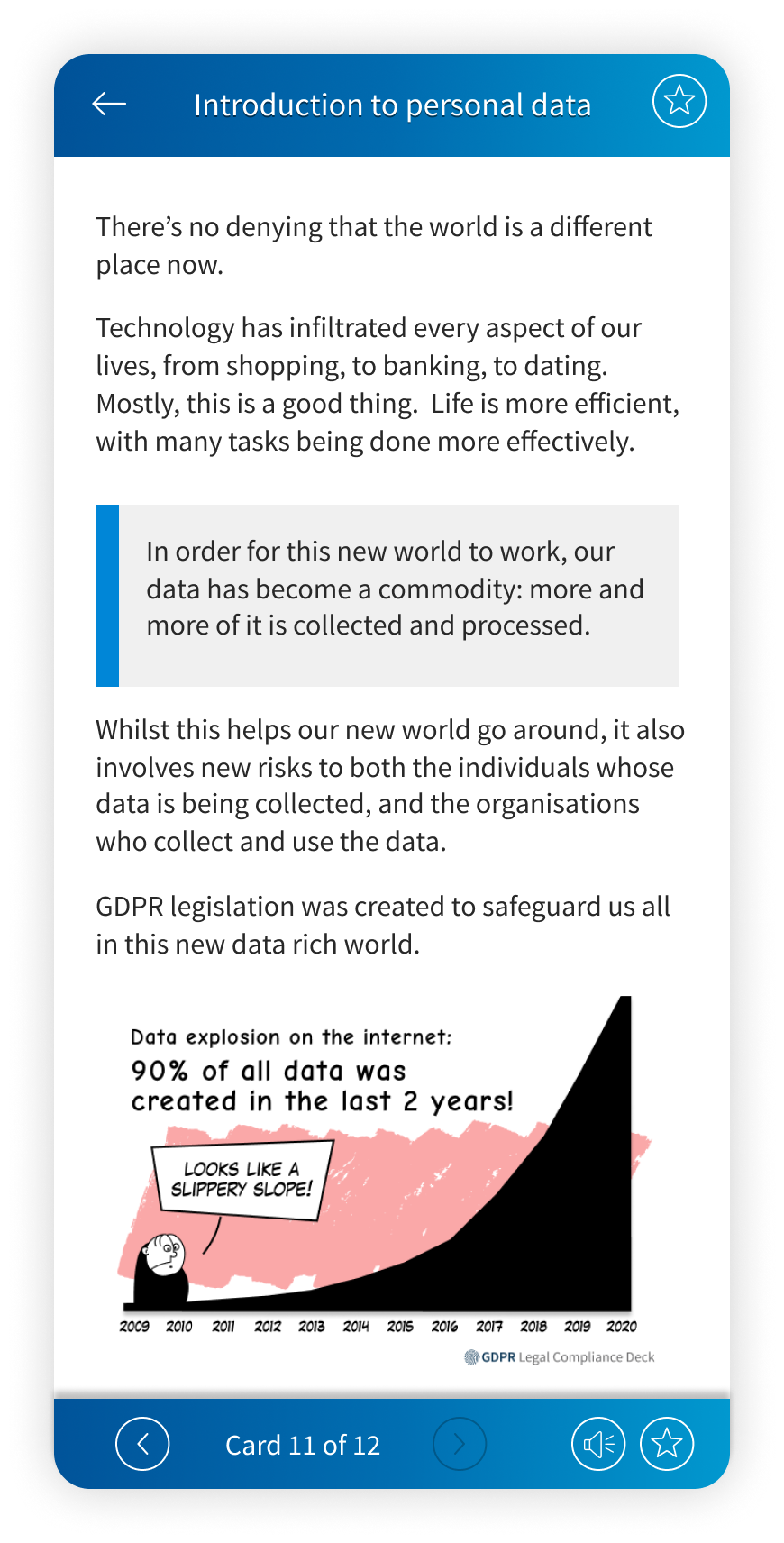How we humanised text-to-speech

Text-to-speech has long been the promise that never delivered. Year in year out we receive requests from stakeholders and learners alike to support this in some way. Especially by those with difficulties reading, or learner’s who spend lots of time commuting; either to work or if travelling is a core part of their job. So why has text-to-speech failed to come to fruition in digital learning?
There are two routes to go down with audio narration
The first is a professional, human voice over.
Naturally the charisma of a real life human talking the learner through the courses is a plus. But cost and time are a massive set back here.
If you do have a small fortune lying around, you then face the second problem. Once recorded, your product is final. If anything changes, you have to redo the whole process which means more time wasted and more money spent.
The second route is to automate.
Automation holds a whole host of its own problems. Too often simplistic and inauthentic, these computerised voices don’t make for a compelling narrative.
What we’re doing to fix it
We’ve combined the feeling of a human narrator with the speed of an automated service in our development of text-to-speech.
Our software is built to recognise distinct items in your course’s content. Coupled with a narration that adjusts tone of voice, speed and volume, our text-to-speech flows naturally in a way that others simply cannot.
One of the main benefits of text-to-speech automation is the ability to edit in real time, and this is something we’ve built into our software.
With JollyDeck’s text-to-speech, you are able to generate audio content in real time. Plus you can publish a real-time update, even if that content is already live. Simply amend the course content in our authoring environment and the narration will be automatically re-generated.
